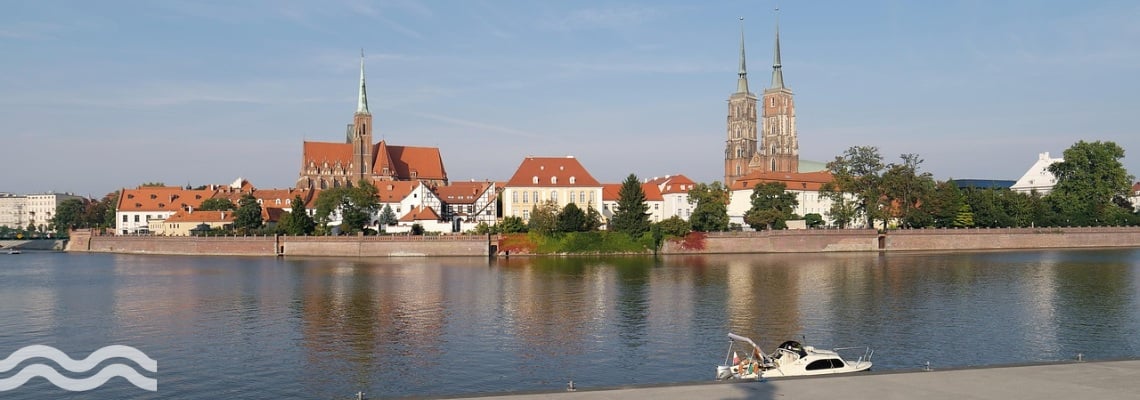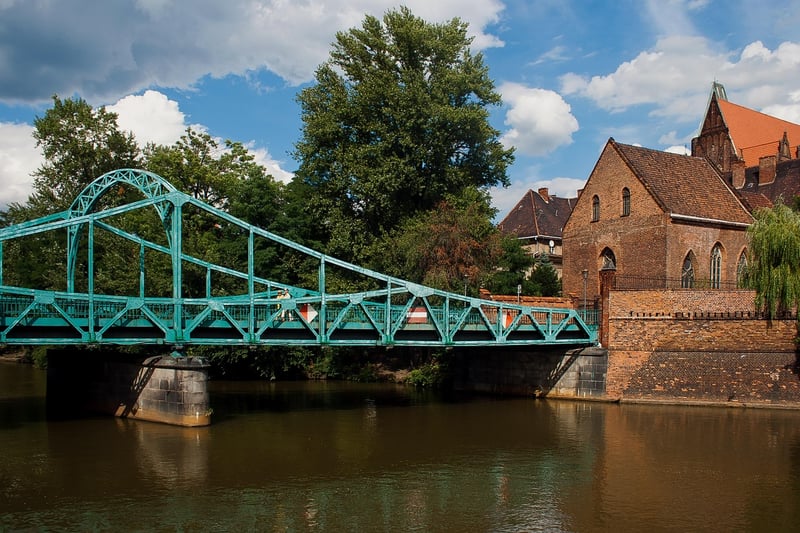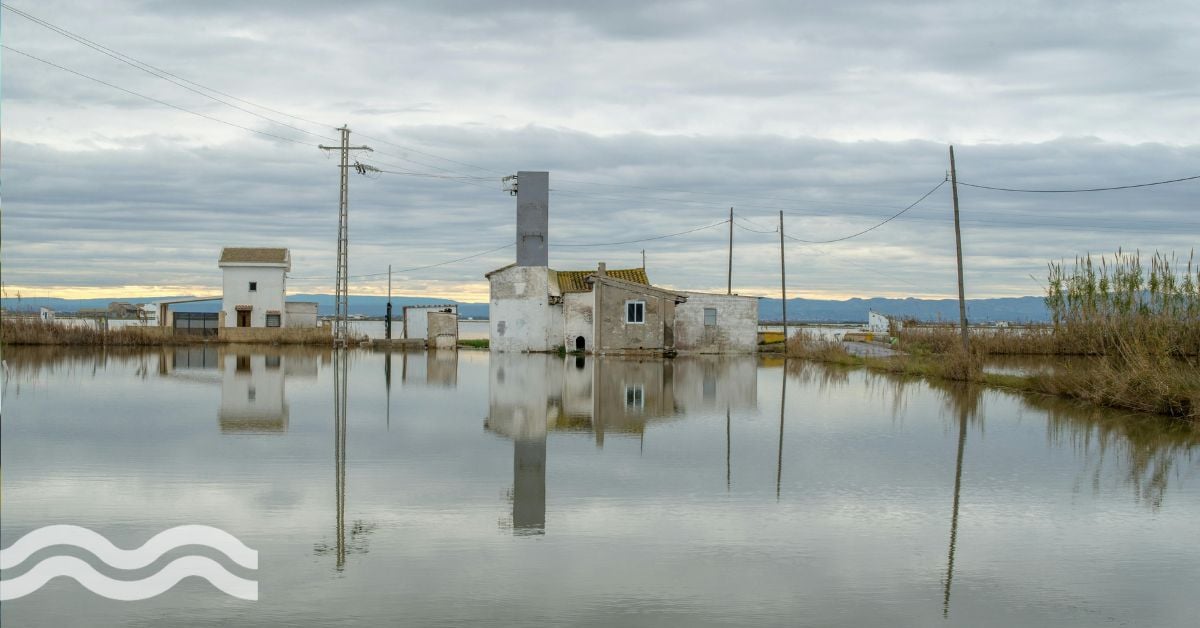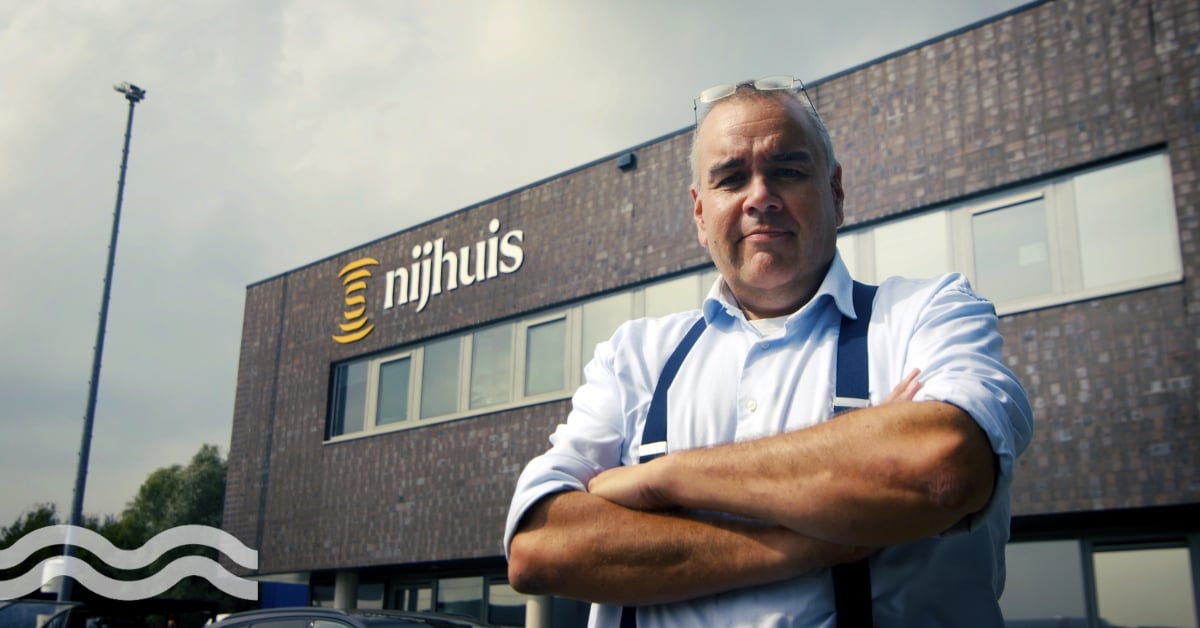AI powered predictive maintenance builds resilience into water system

Polish utility MPWiK Wrocław is using an AI-powered predictive maintenance system to manage its water and sewage infrastructure in collaboration with Amazon Web Services (AWS) and Deloitte.
The problem with water and sewer infrastructure
One of the challenges modern cities face is that water and sewer infrastructure are often outdated and unable to cope with an expanding population, new housing, new roads, changing and increasing demands from industry, unpredictable weather events, and more.
Maintaining water and sewer networks, which are often located underground, is a huge challenge, with leaks resulting in huge losses. Although it is hard to calculate an exact figure, it is estimated that a global average of 30 per cent of all fresh water is lost to leaks in pipes, with a cost estimate in the hundreds of billions.
One of the problems associated with these infrastructure challenges is that, historically, it has been very difficult to know what is happening. Leaks are often detected long after they form, and sewer problems are often identified once a serious problem has occurred. Repair costs are also high, with inexact diagnostics and large sections of network to investigate.
Piotr Słomianny, CIO and CFO, MPWiK Wrocław told media: “MPWiK Wrocław manages a water supply network of over 2,000 km and thorough rehabilitation of such extensive infrastructure would require almost unlimited financial resources. Given budget constraints, it is important to prioritize the sections that require rehabilitation.”
He added: “In view of these challenges, it became necessary to find a tool allowing effective planning for modernisation and achieving the best results with available resources.”

Detecting failures before they happen
In response to these challenges, MPWiK, in collaboration with Deloitte and AWS as technology partner, decided to implement a predictive maintenance system. The system utilises advanced data analysis and artificial intelligence algorithms, along with a detailed understanding of Wrocław’s critical water infrastructure.
The system was developed using a ‘risk-cause’ analysis, including:
- Integrating data sources: Existing internal sources of data such as pipe type and material with other important sources such as the location of other facilities
- The creation of an integrated database that contained more than 300 different variables for each infrastructure element
- The partners developed and tested numerous machine-learning models to help them identify patterns in the data that were not otherwise obvious – an example given by the team was how the proximity to roads or tracks impacts the risk of infrastructure failure.
Dawid Dybuk, key account manager, Amazon Web Services, told media that the system: “Enables intelligent planning of investments and modernisation. Based on its predictive module, it analyses the probability of failures in various parts of the network and estimates the required repair budgets.”
What can the sensor do?
The sensor uses an optical fibre and an optical phenomenon known as localised surface plasmon resonance. It has been used to detect arsenic levels as low as 0.09 parts per billion (ppb), which is 111 times lower than the maximum permissible limit of 10 ppb established by the World Health Organization.
Crucially, the sensor performed reliably when tested on real drinking water samples from diverse locations and conditions.
Khijwania added: “The highly sensitive sensor provides analysis within just 0.5 seconds and demonstrates a high degree of reusability, repeatability, stability and reliability, making it a powerful tool for monitoring and ensuring safer water quality. In the future, this technology could make it much easier for people to check whether their drinking water is safe, potentially saving lives by preventing exposure to harmful arsenic levels.”
Cloud services offer processing scalability
The effectiveness of the system comes from the power of the cloud services provided by AWS. The ability to scale analysis allows huge data sets from the city’s water and sewage networks to be processed at speed, regardless of location.
The advanced AI algorithms to analyse hundreds of thousands of data points, offering up to 90 per cent accuracy in potential failure prediction.
Amadeusz Andrzejewski, AI&Data leader, Deloitte, told media: “The system takes into account variables such as the age of the transmission pipe, the material it is made from, and hundreds of variables that describe the environment in which the section is located, such as those causing higher probability of network failure or the proximity of tram tracks which also negatively affects the network.”
He added: “As a result, MPWiK Wrocław has a tool that makes it possible not only to respond to failures but also to avoid them.”
Failure prediction combined with financial modelling
As mentioned above, the system has the capability to not only predict what is likely to fail and why, it can also answer the question ‘why will it fail’ and ‘what can be done about it’? The technical data associated with failure can be utilised in making correlating business decisions.
According to the partners, the model analyses two main scenarios: Planned modernisation, and unplanned failure repair. It considers more than 50 expenditure components, including the costs of labour, materials (e.g. pipes or restored road surfaces), and land occupation. Analysing and comparing these different scenarios offers insights that can be used for making specific budgeting and investment decisions.




